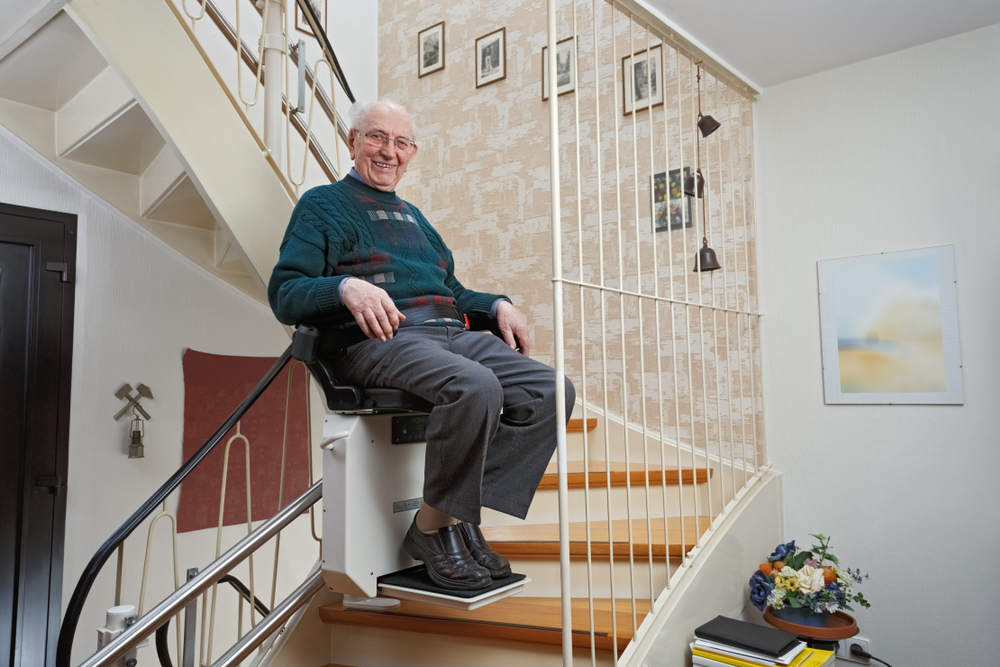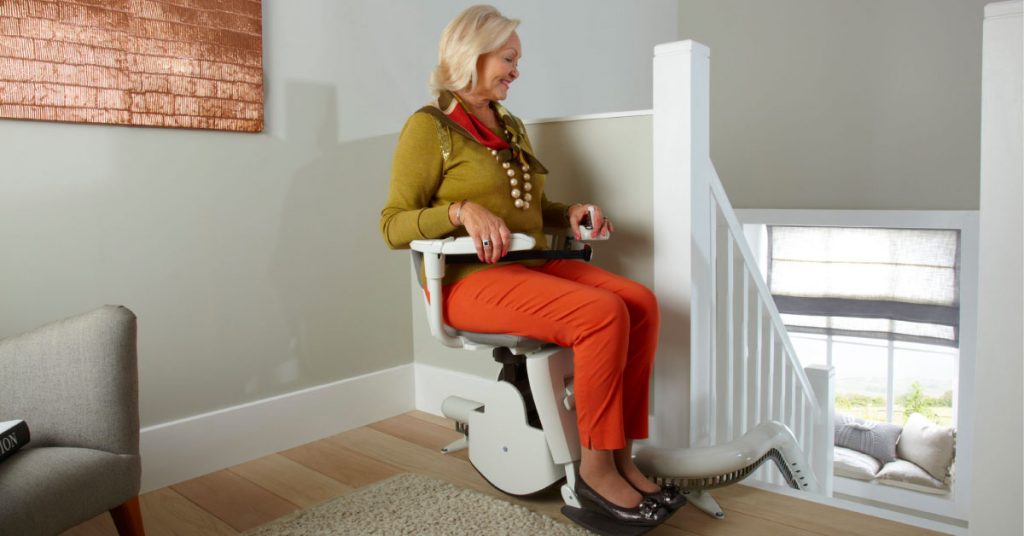Creating a safe and comfortable home environment is crucial for individuals with autism. By focusing on home safety modifications for autism, homeowners can ensure that their living spaces are secure and supportive. Making thoughtful adjustments in the home can significantly enhance the quality of life for those on the autism spectrum.
In this article, we will explore various strategies and modifications that can be implemented to improve safety and comfort in homes for individuals with autism. Understanding these modifications is essential for caregivers and family members who aim to create a nurturing and secure environment.

Understanding the Needs of Individuals with Autism
Individuals with autism often experience unique sensory sensitivities and challenges. These may include heightened sensitivity to noise, light, and textures, as well as difficulties with communication and social interaction. By acknowledging these needs, homeowners can better tailor their living spaces to accommodate them.
Identifying Potential Hazards
Before implementing home safety modifications, it is important to identify potential hazards within the home. This includes assessing areas that may pose risks, such as sharp edges, electrical outlets, and slippery floors. Conducting a thorough safety audit can help pinpoint areas that require attention.
Implementing Safety Measures
Childproofing and Securing the Home
Childproofing measures are essential in creating a safe home environment. Installing safety gates and securing cabinets can prevent access to potentially dangerous areas. Additionally, using outlet covers and corner protectors can minimize the risk of injury.
Safe Flooring Options
Choosing the right flooring is crucial for reducing slip and fall accidents. Opt for safe flooring options that provide traction and stability. Carpets, for example, can offer a soft landing and reduce noise, making them an ideal choice for homes with individuals with autism.
Secure Storage Solutions
Proper storage solutions are vital for maintaining order and safety in the home. Utilize secure storage for cleaning supplies and other hazardous materials. This prevents accidental exposure and keeps dangerous items out of reach.
Addressing Sensory Sensitivities
Lighting and Noise Control
Sensory sensitivities can be managed by adjusting lighting and noise levels in the home. Consider using dimmable lights and blackout curtains to create a calming atmosphere. Additionally, noise-canceling headphones or white noise machines can help mitigate auditory sensitivities.
Designing Comfortable Spaces
Creating comfortable spaces within the home is essential for individuals with autism. Designate quiet areas where they can retreat and relax. Incorporating soft textures and calming colors can further enhance their sense of comfort and security.
Incorporating Technology for Safety
Smart Home Devices
Technology can play a significant role in enhancing home safety. Smart home devices, such as programmable thermostats and motion sensors, can provide added security and convenience. These devices allow for remote monitoring and control, ensuring a safer environment.
Alarm and Alert Systems
Installing alarm and alert systems can further enhance home safety. Smoke detectors and carbon monoxide detectors are essential for detecting potential hazards. Additionally, personal alert systems can notify caregivers of emergencies promptly.
Creating a Supportive Environment
Involving the Individual
Involving the individual with autism in the modification process can foster a sense of ownership and empowerment. Encourage them to express their preferences and participate in the decision-making process. This collaboration can lead to a more personalized and supportive environment.
Continuous Evaluation and Adaptation
Home safety modifications should be continuously evaluated and adapted to meet changing needs. As individuals with autism grow and develop, their needs may evolve. Regularly reassessing the home environment ensures that it remains safe and supportive at all times.
External Resources and Professional Guidance
For more detailed guidance on home modifications, consider consulting professional resources. Organizations such as the National Disability Insurance Scheme (NDIS) provide valuable information and support for making informed decisions.
Conclusion
Implementing home safety modifications for autism is a crucial step in creating a secure and nurturing environment. By understanding the unique needs of individuals with autism and taking proactive measures, homeowners can significantly enhance their quality of life. Through thoughtful planning and continuous adaptation, a safe and supportive home is achievable for everyone.

Frequently Asked Questions
What are some common home safety modifications for autism?
Common modifications include childproofing, safe flooring, secure storage, and installing smart home devices.
How can sensory sensitivities be managed in the home?
Sensory sensitivities can be managed by adjusting lighting, controlling noise levels, and creating comfortable spaces.
Why is continuous evaluation important for home safety?
Continuous evaluation ensures that the home environment remains safe and supportive as the needs of individuals with autism evolve over time.
This article contains affiliate links. We may earn a commission at no extra cost to you.

